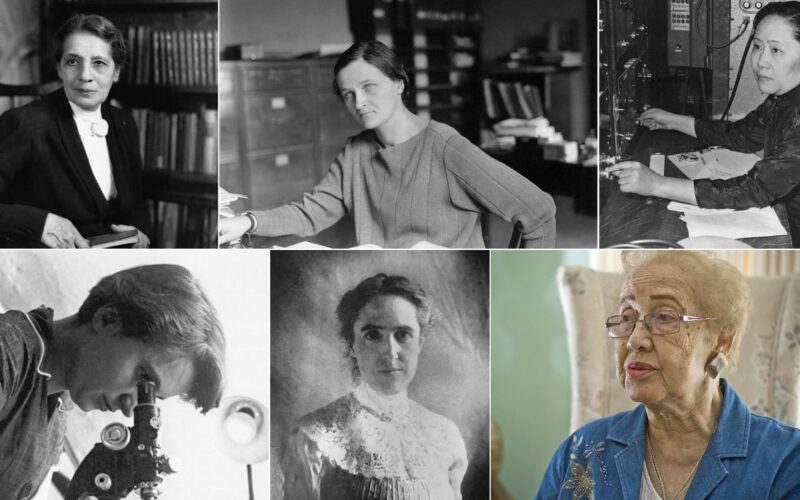History books tend to highlight the same names over and over, but many brilliant women scientists have made groundbreaking discoveries and still don’t get enough credit. From laying the foundation for computer science to transforming medicine, these women changed the world quietly while others took the glory. Their stories deserve to be told, shared, and remembered. Here are 10 incredible women scientists whose legacies deserve far more attention than they’ve received.
1. Rosalind Franklin
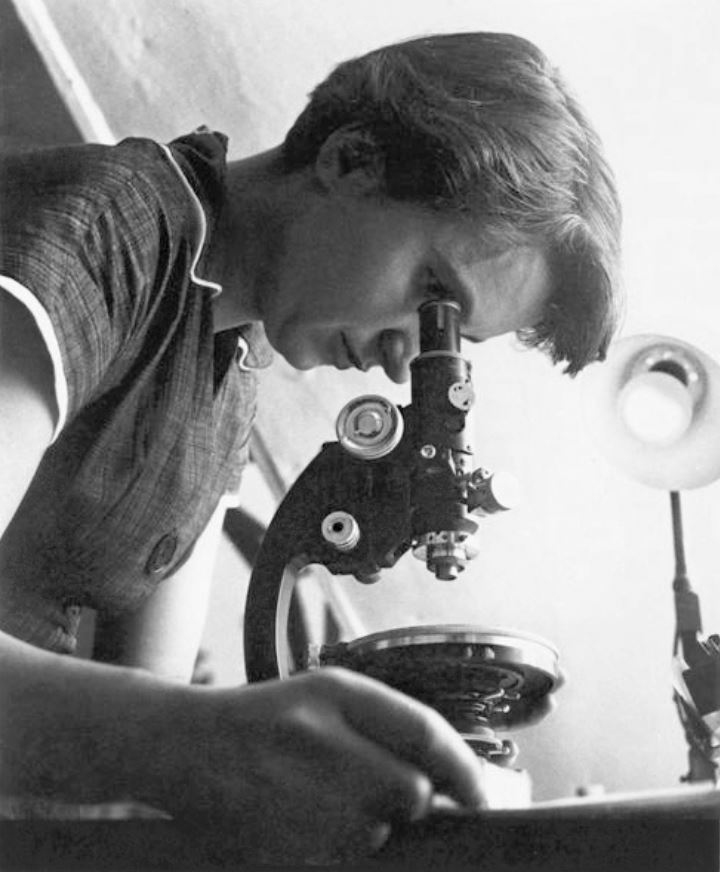
Her work was key to discovering the structure of DNA, but most people only know the names Watson and Crick. Franklin’s X-ray diffraction images, especially Photo 51, revealed the double-helix shape of DNA. Without her data, the famous model likely wouldn’t exist. Despite her vital contribution, she was left out of the Nobel Prize. Today, she’s finally being recognized as one of the true pioneers of genetics.
2. Chien-Shiung Wu
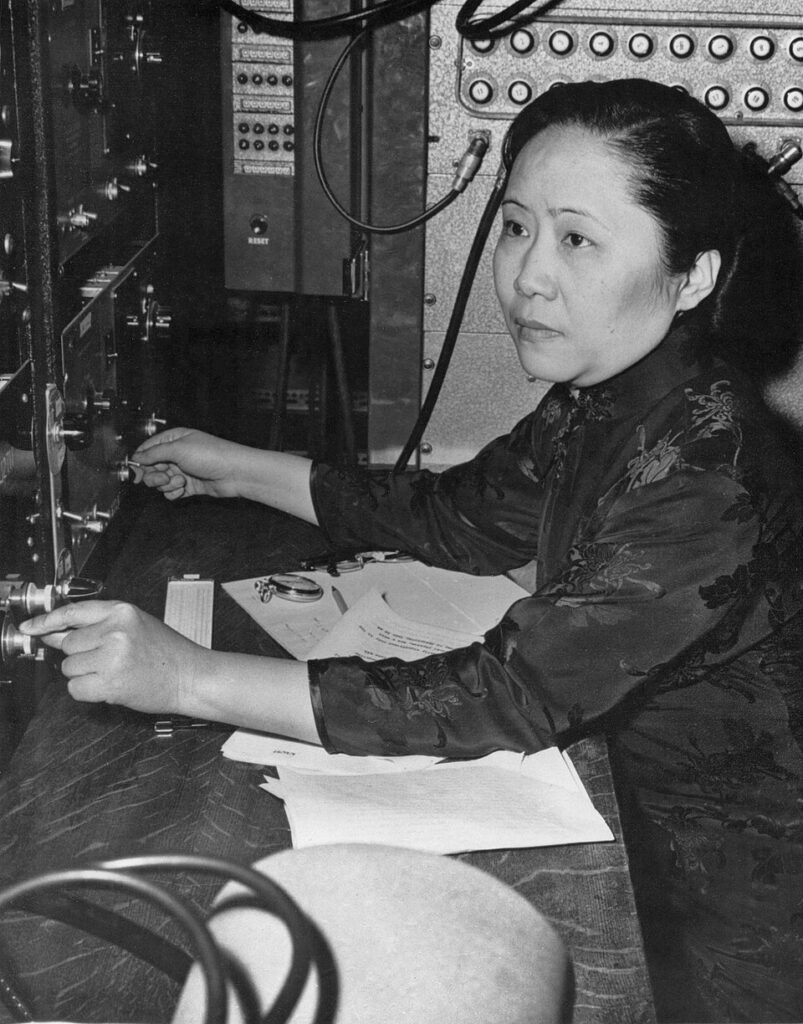
Known as the “First Lady of Physics,” Wu worked on the Manhattan Project and conducted the famous “Wu Experiment,” which disproved the law of parity. Her work helped her male colleagues win a Nobel Prize, but she didn’t share the award. Wu’s contributions to nuclear physics were groundbreaking, yet she’s often left out of textbooks. She was also a fierce advocate for women in science throughout her career.
3. Lise Meitner

An Austrian-Swedish physicist, Meitner played a central role in discovering nuclear fission, the process that powers nuclear energy and weapons. While her collaborator Otto Hahn received the Nobel Prize, Meitner was excluded, despite her key theoretical explanation. She famously refused to work on the atomic bomb, choosing ethics over fame. Her brilliance in both physics and chemistry still doesn’t get the attention it deserves.
4. Katherine Johnson
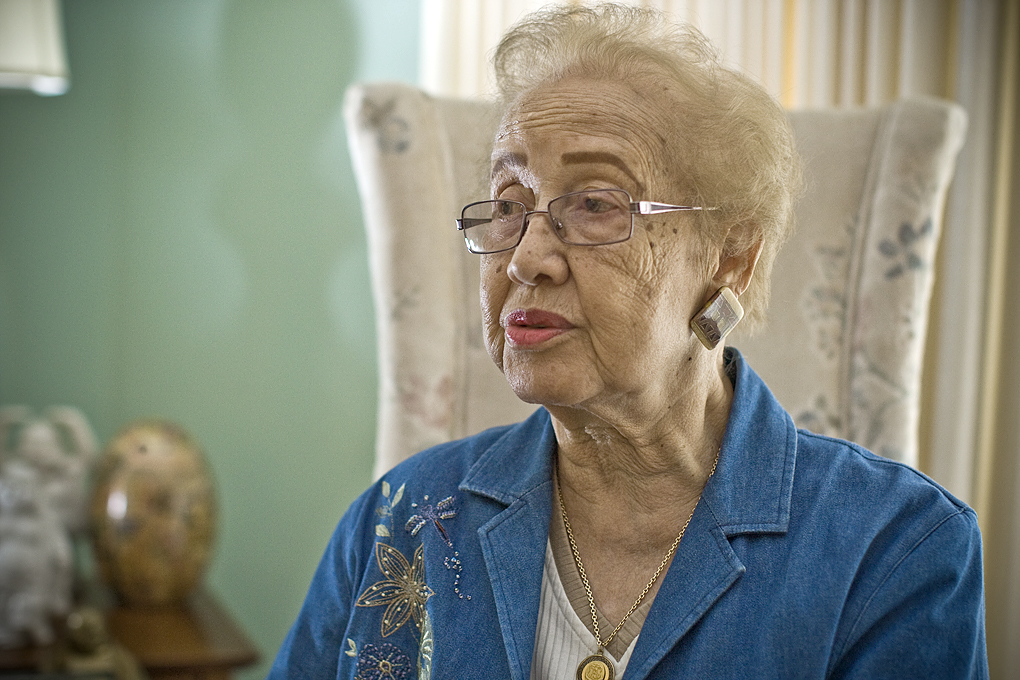
A brilliant mathematician at NASA, Johnson calculated launch trajectories and re-entry paths for early space missions, including John Glenn’s orbital flight. Her calculations were so trusted, Glenn insisted she check them by hand. Johnson’s work was critical to U.S. space exploration, yet she remained largely unknown until decades later. Thanks to the film Hidden Figures, her name is now reaching new generations, but she should’ve always been front and center.
5. Alice Augusta Ball
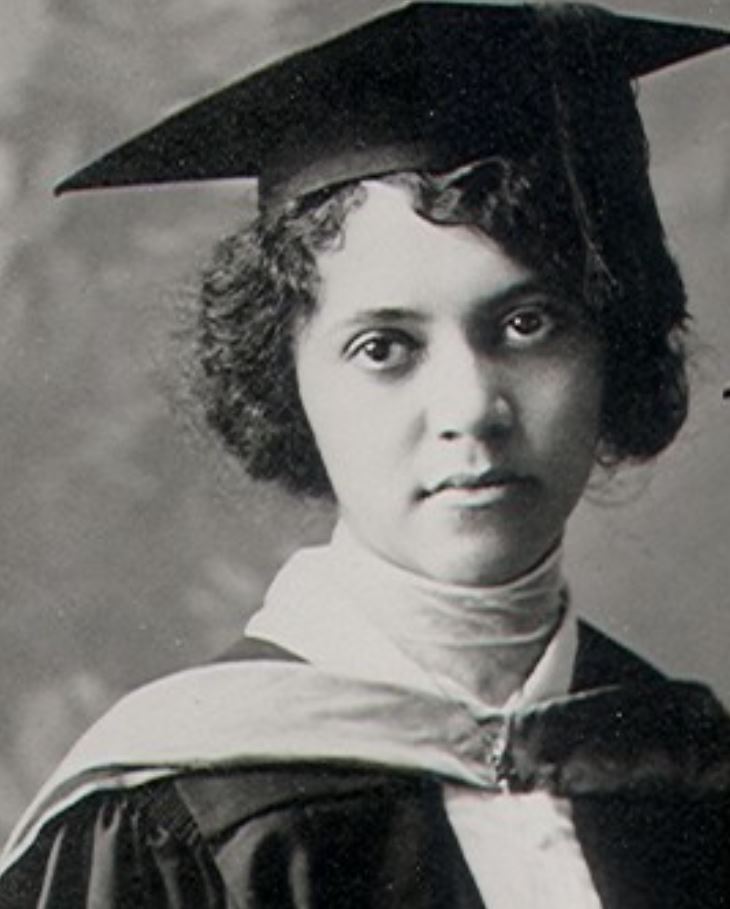
Ball developed the first effective treatment for leprosy using chaulmoogra oil, a groundbreaking breakthrough in the early 1900s. She was just 23 and the first woman and first Black person to earn a chemistry degree from the University of Hawaii. After her early death, her work was claimed by a male colleague for years. Only recently has she received proper credit as a medical pioneer who changed countless lives.
6. Mary Anning
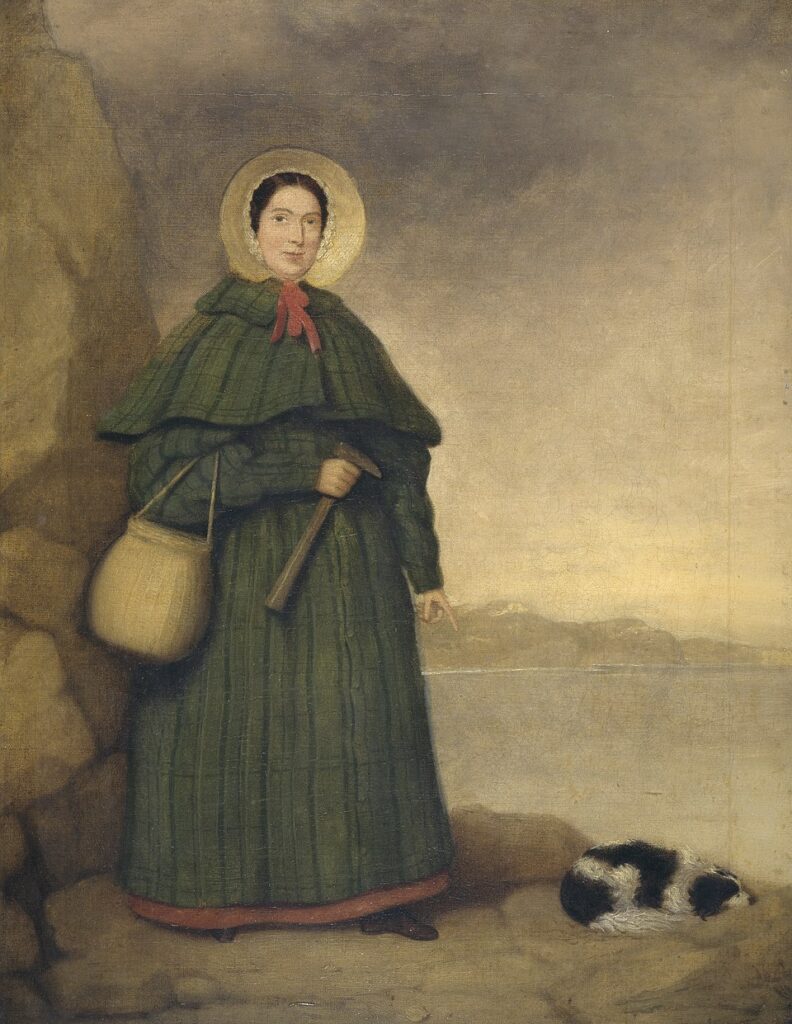
A fossil hunter from the English coast, Anning, discovered the first complete Ichthyosaur skeleton and many other prehistoric fossils that reshaped scientific understanding of extinction. In the 1800s, she wasn’t allowed to join scientific societies, and her contributions were often dismissed. Today, paleontology wouldn’t be what it is without her discoveries. Yet most people don’t know her name, even though her finds are in major museums around the world.
7. Nettie Stevens
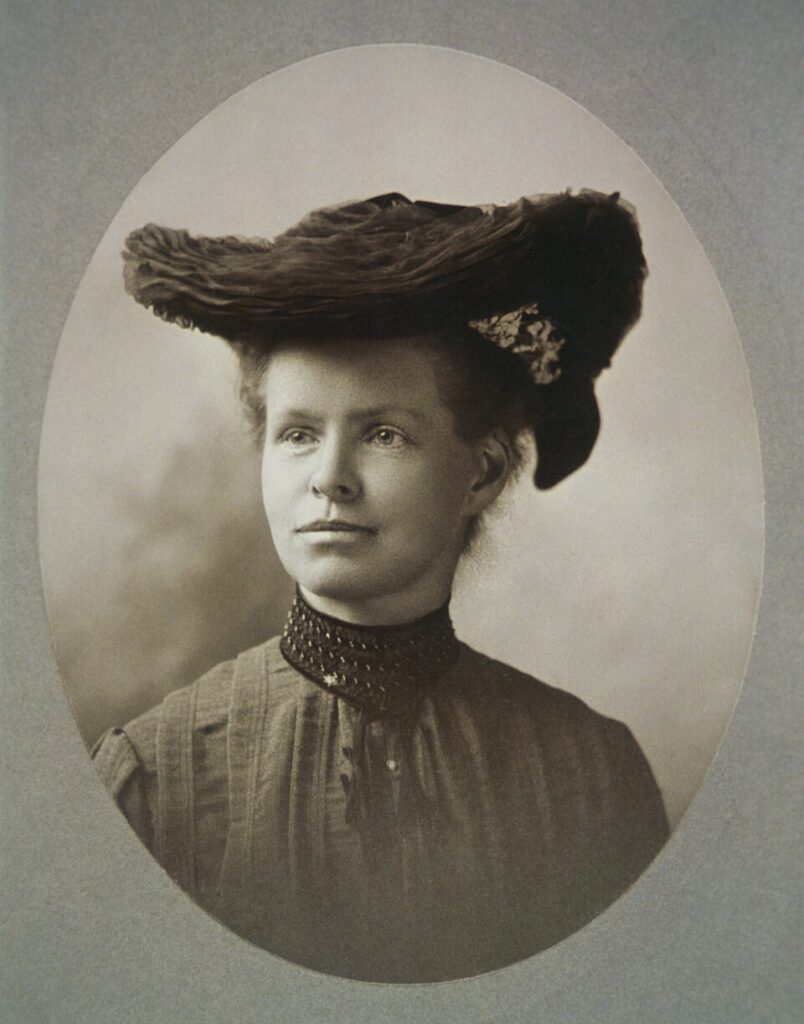
In 1905, Stevens discovered that sex is determined by chromosomes, specifically the X and Y combination. Her research showed that it’s the male’s contribution (X or Y) that determines a child’s sex, not the mother. Despite this, her male colleague, Thomas Hunt Morgan, received more recognition. Stevens’ work was crucial to the field of genetics, but her name rarely appears in biology textbooks where it belongs.
8. Henrietta Leavitt
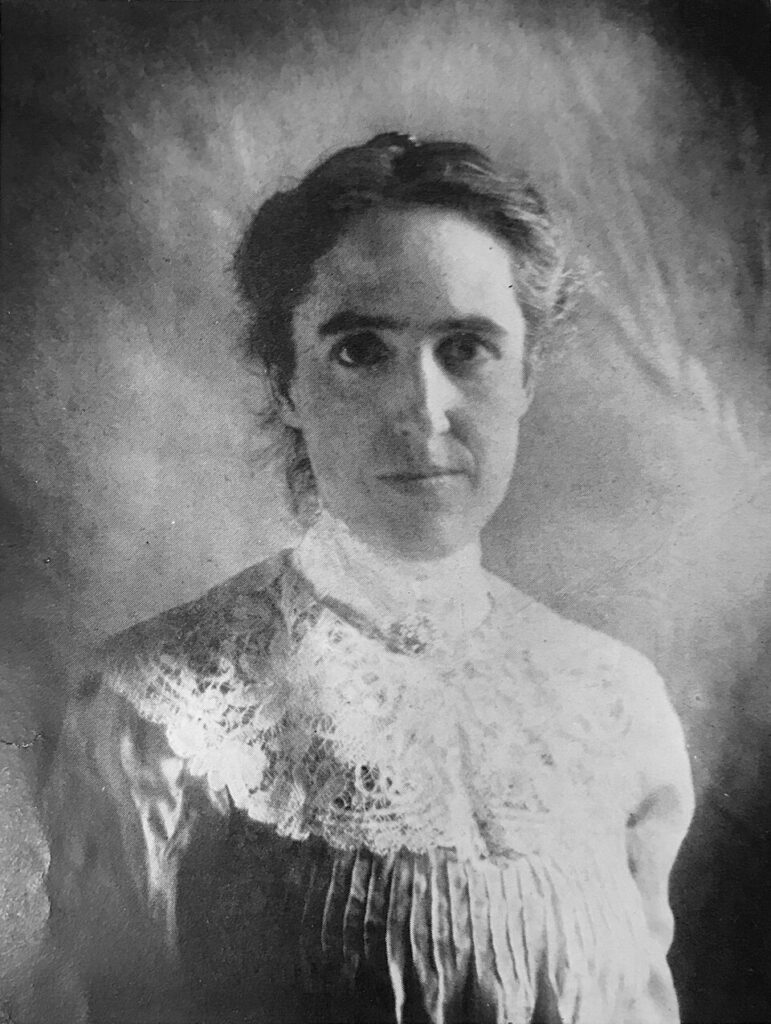
Leavitt discovered the relationship between a star’s brightness and its distance from Earth, an insight that helped other scientists measure the scale of the universe. Her work laid the foundation for Edwin Hubble’s discovery that the universe is expanding. Yet Hubble is the one with a telescope named after him. Leavitt’s observations completely changed astronomy, even though she worked quietly at Harvard with little recognition during her lifetime.
9. Tu Youyou
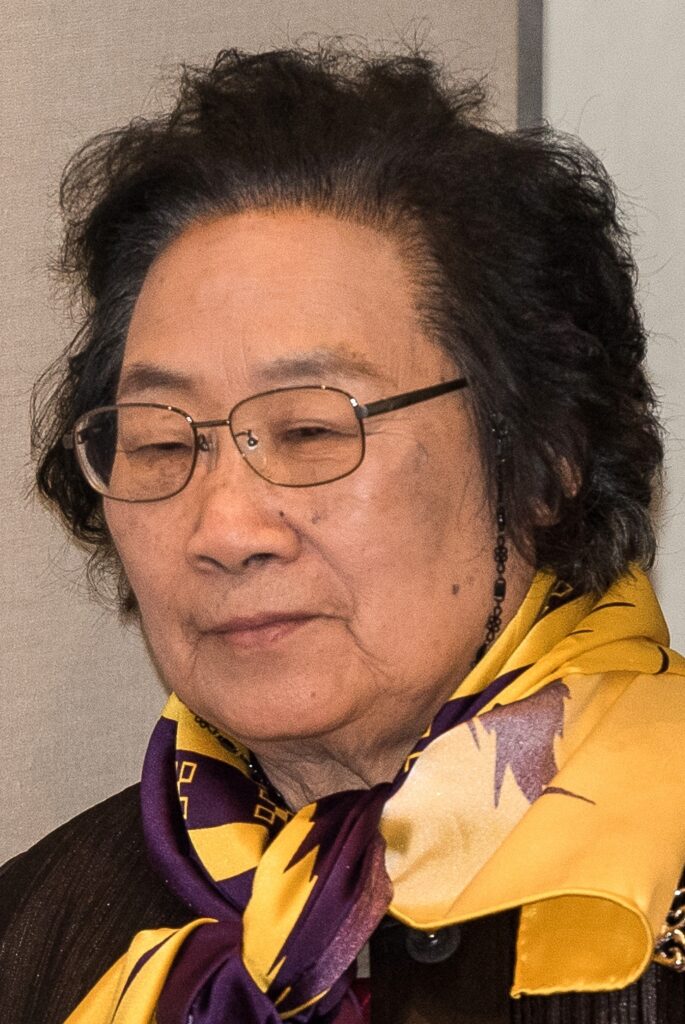
A Chinese pharmaceutical chemist, Tu discovered artemisinin, a drug that revolutionized the treatment of malaria and has saved millions of lives. She based her research on ancient Chinese texts and used modern methods to extract the compound. Despite lacking formal postgraduate training or international fame at the time, she won a Nobel Prize in 2015. Still, many outside scientific circles barely know her name, even though her discovery remains one of medicine’s biggest breakthroughs.
10. Cecilia Payne-Gaposchkin
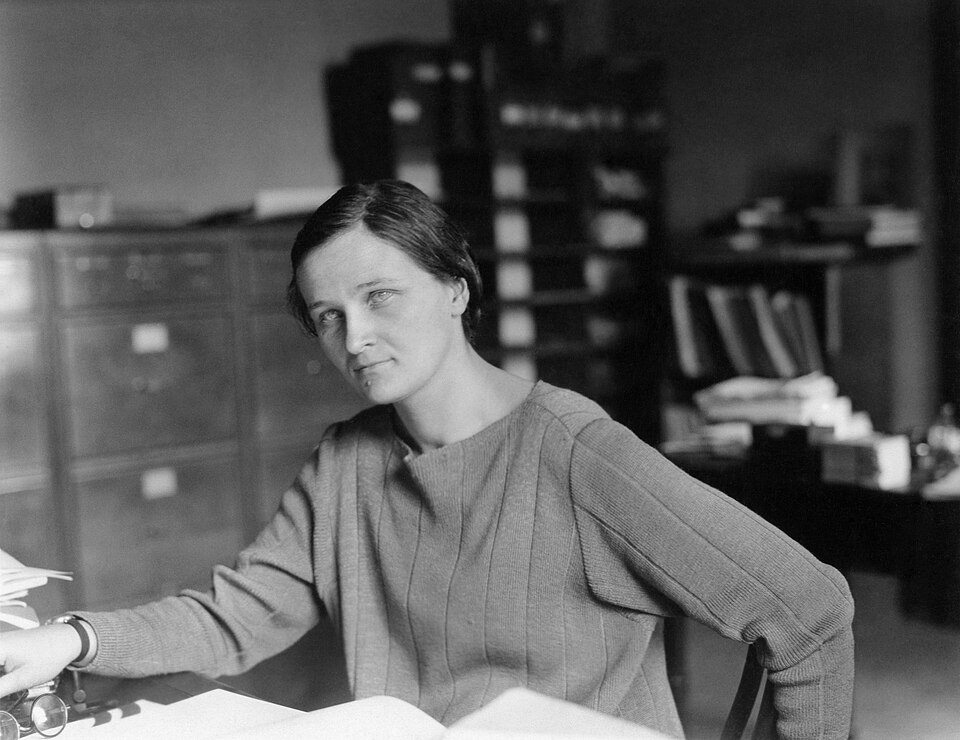
In 1925, Payne proposed that stars are mostly made of hydrogen and helium, a radical idea at the time. Her thesis was dismissed by leading astronomers, only for them to later confirm she was right. Though her discovery changed our understanding of stars forever, her recognition came slowly. Payne eventually became Harvard’s first female professor of astronomy, but her name still doesn’t shine as brightly as it should in the history of science.
